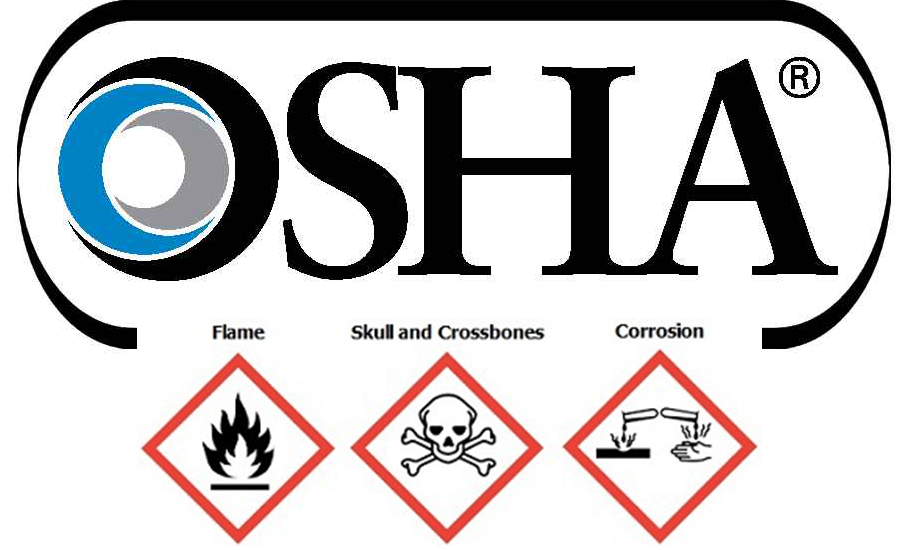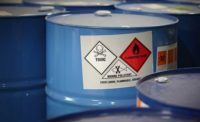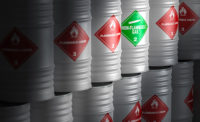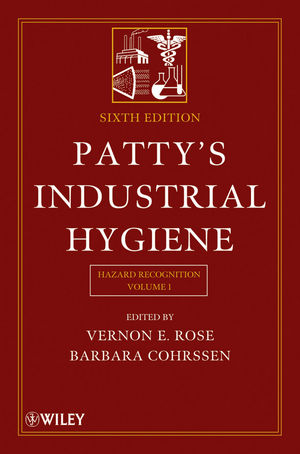History
OSHA's Hazard Communication Standard (HAZCOM) was first adopted in 1983 in the United States with limited scope (48 FR 53280; November 25, 1983). In 1987, scope was expanded to cover all industries where employees are potentially exposed to hazardous chemicals (52 FR 31852; August 24, 1987). OSHA revised its Hazard Communication Standard (HCS) to align with the United Nations' Globally Harmonized System of Classification and Labeling of Chemicals (GHS) and published it in the Federal Register in March 2012 (77 FR 17574).
Key compliance requirements
Classifying the potential hazards of chemicals and communicating information concerning hazards and appropriate protective measures to employees, may include, for example, but is not limited to, provisions for: developing and maintaining a written hazard communication program for the workplace, including lists of hazardous chemicals present; labeling of containers of chemicals in the workplace, as well as of containers of chemicals being shipped to other workplaces; preparation and distribution of safety data sheets to employees and downstream employers; and development and implementation of employee training programs regarding hazards of chemicals and protective measures.
Employers must establish a training and information program for employees who are exposed to hazardous chemicals in their work area at the time of initial assignment and whenever a new hazard is introduced into their work area.
Enforcement statistics
October 2016 through September 2017 – totals for all industries:
Citations: 4,247
Inspections: 2,358
Penalty: $4,470,079
#2 on OSHA’s Top 10 Most Frequently Cited Standards
Most frequently cited provisions
- Employers shall maintain any safety data sheets that are received with incoming shipments of hazardous chemicals, and ensure that they are readily accessible during each workshift to employees when they are in their work areas.
- Chemical manufacturers and importers are required to evaluate the hazards of the chemicals they produce or import, and prepare labels and safety data sheets to convey the hazard information to their downstream customers.
- All employers with hazardous chemicals in their workplaces must have labels and safety data sheets for their exposed workers, and train them to handle the chemicals appropriately.
Most cited industries
- Specialty Trade Contractors
- Fabricated Metal Product Manufacturing
- Repair and Maintenance
- Merchant Wholesalers, Durable Goods
- Administrative and Support Services




